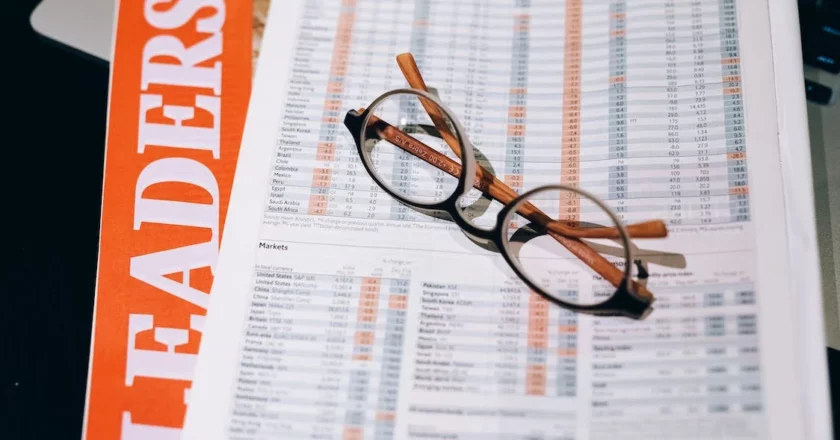Seizing the Moment: How Businesses Can Adapt Strategies to Capitalize on Political Opportunities
In the whirlwind of a changing political landscape, businesses must not only weather the storm but also seize the opportunities that arise amidst the turbulence. Diversified revenue streams offer a lifeline, enabling businesses to not only mitigate risks but also capitalize on emerging opportunities. In this section, we'll delve deeper into how businesses can adapt their strategies to leverage shifting political dynamics and position themselves for growth and success.Identifying New Market Niches: One strategy for capitalizing on political opportunities is to identify and target new market niches that may emerge as a result of policy changes or regulatory reforms. Businesses should conduct market research to identify areas of unmet demand or underserved segments that may be ripe for explor...










